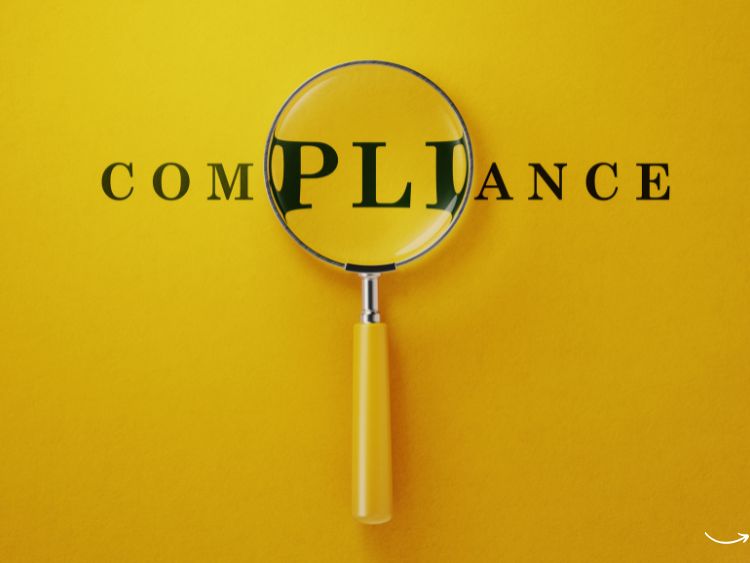In today’s fast-paced business world, staying on top of corporate compliance is more crucial than ever. Companies of all sizes must adhere to various regulations and standards to avoid hefty fines and legal troubles. But what exactly does it mean to be a “corporate compliance pro”? How can you ensure your company remains compliant while still achieving its business goals? In this comprehensive guide, we’ll explore the ins and outs of corporate compliance, offering tips, strategies, and insights to help you become a true corporate compliance pro.
What is Corporate Compliance?
Corporate compliance refers to a company’s adherence to laws, regulations, guidelines, and specifications relevant to its business processes. This includes everything from financial reporting and environmental regulations to employment laws and data protection. Compliance ensures that companies operate within the boundaries of the law, maintaining ethical standards and fostering trust with stakeholders.
Why is Corporate Compliance Important?
Corporate compliance is essential for several reasons:
- Avoiding Legal Penalties: Non-compliance can result in substantial fines, legal fees, and other penalties.
- Protecting Reputation: Companies that comply with regulations build trust with customers, investors, and the public.
- Enhancing Operational Efficiency: Clear compliance procedures streamline processes and reduce the risk of errors.
- Fostering a Positive Workplace: Compliance with employment laws creates a fair and safe working environment.
Becoming a Corporate Compliance Pro
So, how do you become a corporate compliance pro? Here are some essential steps and best practices to guide you on your journey.
1. Understand the Regulatory Landscape
The first step in mastering corporate compliance is understanding the regulatory landscape relevant to your industry. This includes:
- Local and National Laws: Know the laws and regulations at both the local and national levels.
- Industry-Specific Regulations: Different industries have unique compliance requirements.
- International Standards: If you operate globally, be aware of international regulations and standards.
2. Develop a Compliance Program
A robust compliance program is the backbone of any compliance strategy. Key components of a compliance program include:
- Policies and Procedures: Develop clear policies and procedures that outline compliance expectations.
- Training and Education: Regularly train employees on compliance requirements and updates.
- Monitoring and Auditing: Continuously monitor compliance and conduct regular audits to identify and address any issues.
3. Leverage Technology
Incorporating technology into your compliance efforts can significantly enhance efficiency and accuracy. Consider the following tools:
- Compliance Management Software: Automate compliance tracking and reporting.
- Data Analytics: Use analytics to identify compliance trends and potential risks.
- Document Management Systems: Ensure secure and organized storage of compliance-related documents.
4. Foster a Culture of Compliance
Creating a culture of compliance within your organization is crucial. This involves:
- Leadership Commitment: Ensure top management is committed to compliance and sets a positive example.
- Employee Engagement: Encourage employees to take ownership of compliance and report any concerns.
- Open Communication: Maintain open lines of communication for employees to ask questions and seek guidance.
Common Compliance Challenges
Even the most well-prepared companies can face compliance challenges. Here are some common issues and how to address them:
1. Keeping Up with Regulatory Changes
Regulations are constantly evolving, making it challenging to stay up-to-date. To manage this:
- Subscribe to Industry News: Stay informed about regulatory updates through industry news sources.
- Engage with Legal Experts: Consult with legal experts to understand the implications of new regulations.
- Regular Training: Update training programs regularly to reflect new compliance requirements.
2. Managing Compliance Across Multiple Locations
For companies operating in multiple locations, ensuring consistent compliance can be difficult. Strategies include:
- Standardized Procedures: Implement standardized compliance procedures across all locations.
- Local Compliance Officers: Appoint compliance officers in each location to oversee local compliance efforts.
- Centralized Monitoring: Use technology to centralize compliance monitoring and reporting.
3. Balancing Compliance and Business Goals
Sometimes, compliance requirements can seem at odds with business objectives. To balance these:
- Risk-Based Approach: Prioritize compliance efforts based on the level of risk.
- Integrate Compliance into Business Processes: Embed compliance into everyday business processes to minimize disruption.
- Regular Reviews: Continuously review and adjust compliance strategies to align with business goals.
FAQs About Corporate Compliance Pro
What does a corporate compliance pro do?
A corporate compliance pro ensures that a company adheres to all relevant laws and regulations, develops and implements compliance programs, conducts training, monitors compliance, and addresses any issues that arise.
Why is corporate compliance important for small businesses?
Corporate compliance is crucial for small businesses to avoid legal penalties, build trust with customers and investors, and create a fair and safe working environment.
How can technology help with corporate compliance?
Technology can help automate compliance tracking and reporting, analyze compliance data, and securely manage compliance documents, making the compliance process more efficient and accurate.
What are the key components of a compliance program?
The key components of a compliance program include policies and procedures, training and education, monitoring and auditing, and fostering a culture of compliance.
How can I stay updated on regulatory changes?
Staying updated on regulatory changes involves subscribing to industry news, engaging with legal experts, and regularly updating training programs to reflect new compliance requirements.
Conclusion
Becoming a corporate compliance pro is not an overnight task; it requires dedication, continuous learning, and a proactive approach. By understanding the regulatory landscape, developing a robust compliance program, leveraging technology, and fostering a culture of compliance, you can ensure your company remains compliant and thrives in today’s competitive business environment. Remember, compliance is not just about avoiding penalties—it’s about building a trustworthy, efficient, and sustainable business.

